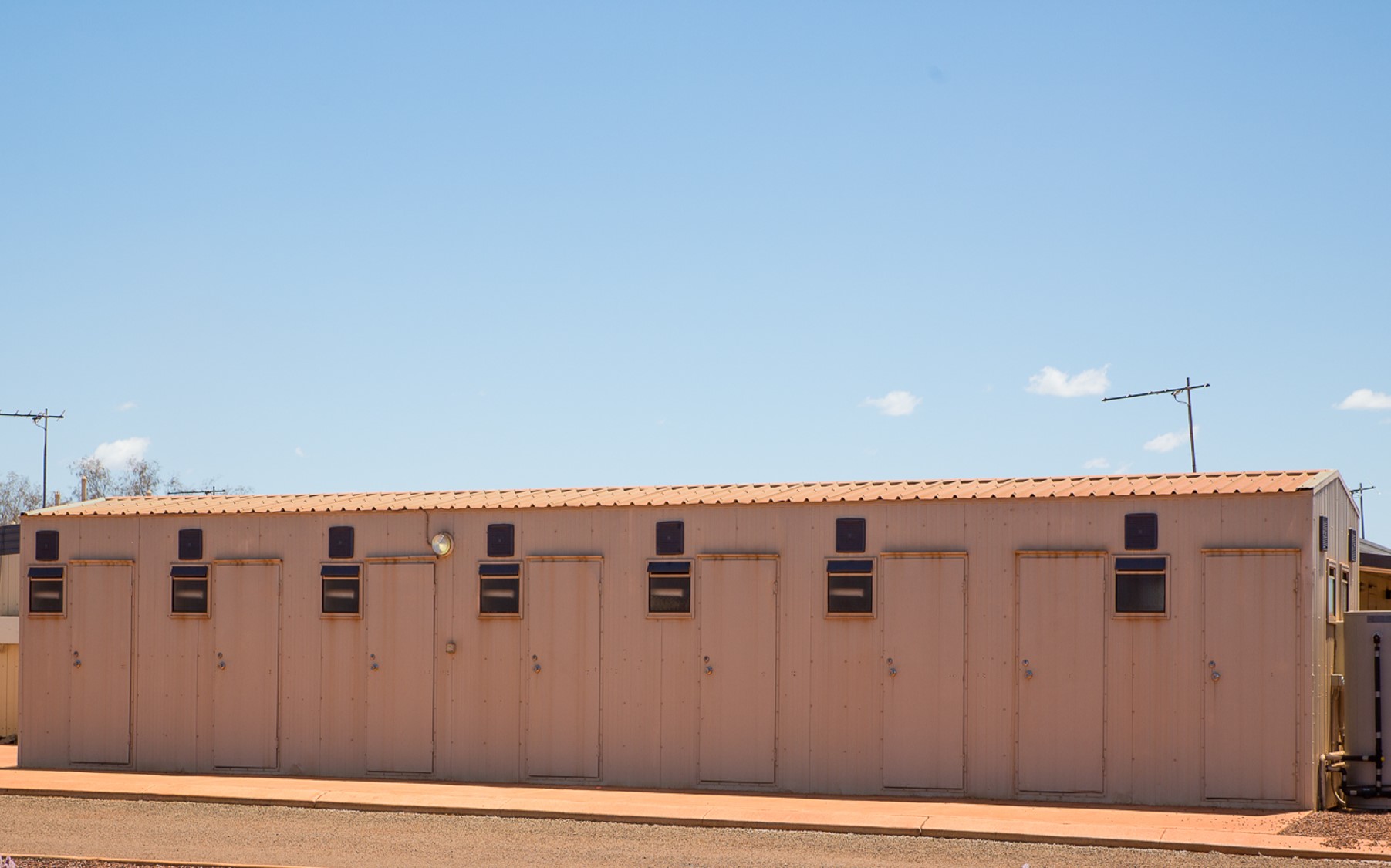For city folk, a trip to the Pilbara and seeing some of the accommodation can be a little shocking.
“I had no idea they lived like that!”
“What is there to do?”
“I couldn’t live in that.”
These are typical of the comments we hear from visitors. Many fly-in-fly-out (FIFO) workers tell us they couldn’t possibly live there either, so the question is – why is it like this?
In contrast, the local community who have lived in the area for years see constant changes and improvements in their amenities. Some forthright locals have their own version for what FIFO means to them: ‘Fit In or F**k Off’. They’re not being mean-spirited in this – it’s simply the sad truth that a transitory workforce does not contribute to the social or economic well-being of the region.
So what if there was no FIFO culture? What if to get the high-paying resource-based jobs, you lived in one of the local towns that are trying to be cities – emerging cities that we all have invested in, directly or indirectly. Local businesses would thrive, and new ones would open. The 12-hour days would become 8-hour days because companies wouldn’t be thrashing their workforce, trying to squeeze the most out of the people they transported up there.
Moreover, with 8-hour days in the 40- to 50-degree heat, workers might finally have the energy to become part of the community, and an inclination to use the new marina and amenities our government is expending considerable effort to introduce here. They might even regain sufficient quality of life to ‘fit in’ with the community.
Logistics versus lives – what’s the real cost?
